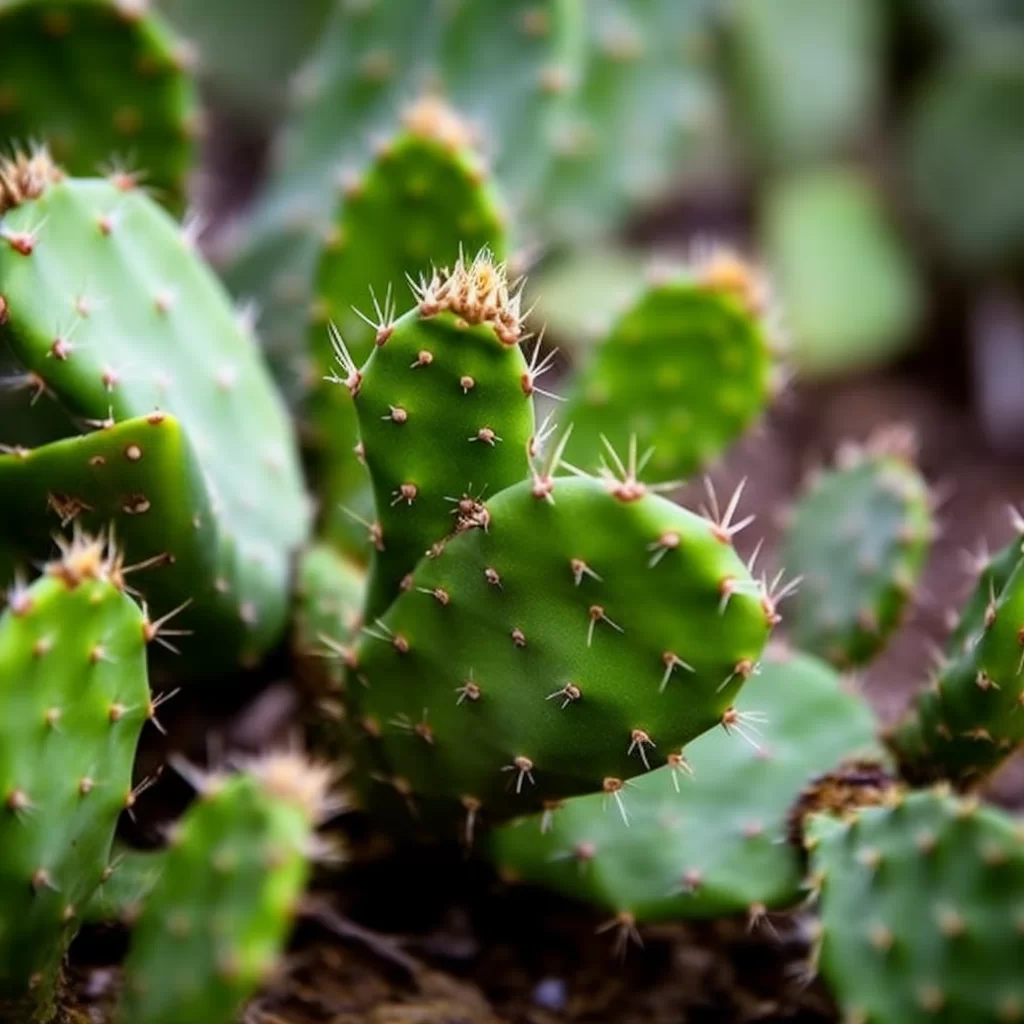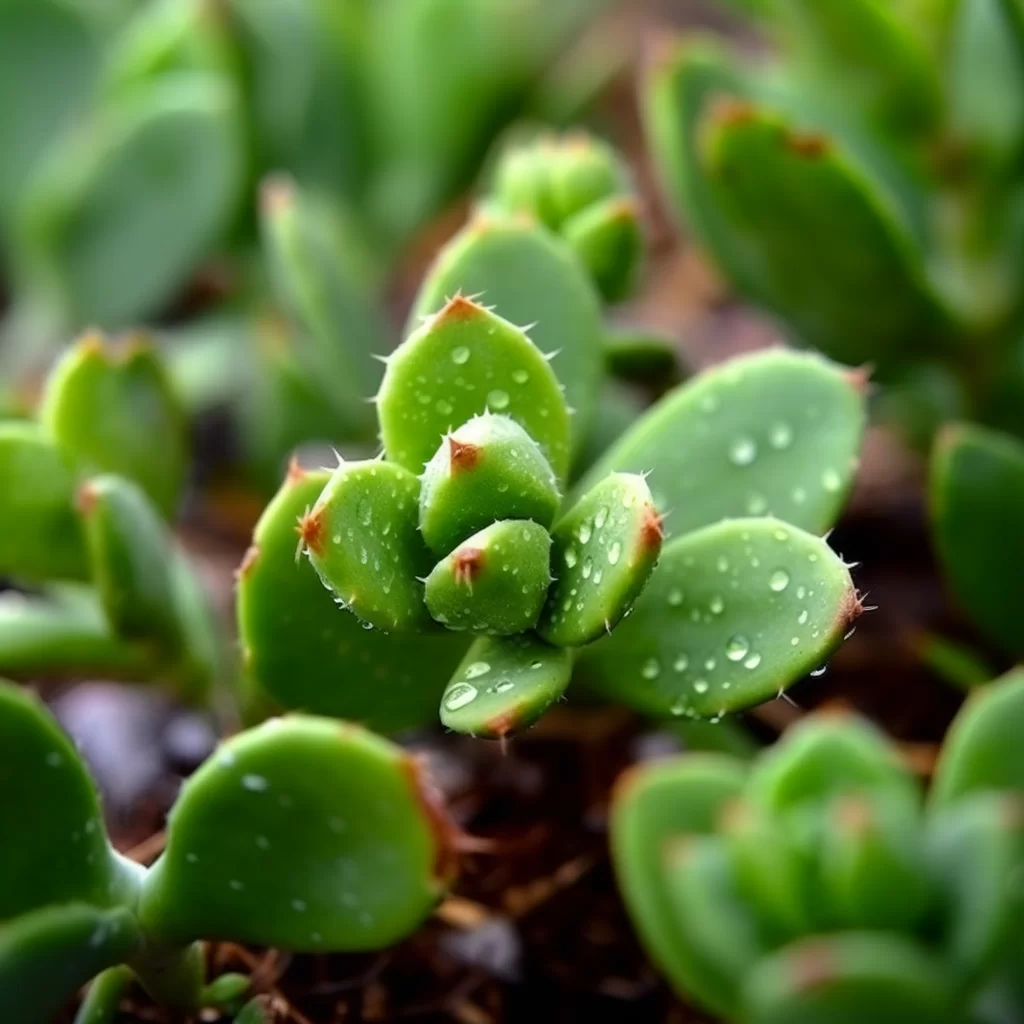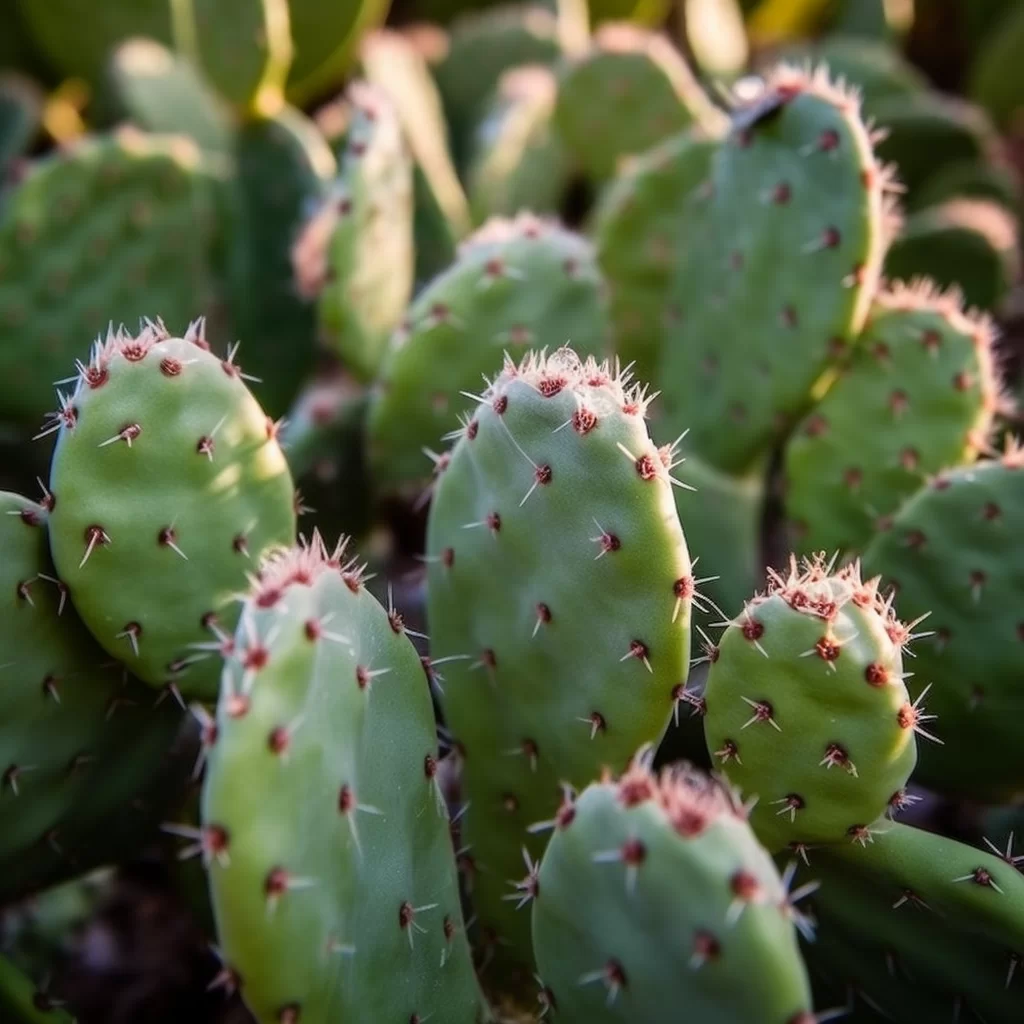Story of Day :
Contents
The Complete Guide to Prickly Pear Cactus Plant Care Tips
Are you looking for a unique and low-maintenance plant to add to your garden collection? Look no further than the prickly pear cactus! This desert plant is not only visually striking with its vibrant green pads and bright pink fruit, but it also requires very minimal care.
In this guide, we will provide you with a complete understanding of how to care for prickly pear cactus plants.
Where does the Prickly Pear Cactus Grow?
The prickly pear cactus is native to North and South America’s dry regions, mainly found in Mexico and parts of the southwestern United States.
It flourishes in extreme heat and drought conditions, making it an excellent choice for xeriscaping or landscaping that doesn’t require much watering.
How Do You Plant Prickly Pear Cactus?
If you want to add a prickly pear cactus plant to your collection, follow these steps:
- Select a sunny location with well-draining soil.
- Use gloves when handling the plant because its fine hairs can be irritating.
- Gently remove the plant from its container or dig it out of the ground if transplanting from another location.
- Dig a hole twice as wide as the root ball and just deep enough so that when planted, the top of the root ball is level with or slightly above ground level.
- Cover the roots entirely with soil mixture and then press down firmly around them until they are secure.
Add some sand or grit into the soil mixture so that it drains quickly

Caring for Your Prickly Pear Cactus
Once you have successfully planted your prickly pear cactus, it’s time to start taking care of it.
Here are some care tips:
Watering
The prickly pear cactus is a drought-tolerant plant and requires minimal watering.
During the growing season (spring and summer), water your plant once a week and allow the soil to dry out entirely before watering again.
In winter, reduce watering frequency to every 4-6 weeks.
Fertilization
The prickly pear cactus does not require much fertilizer.
You can use a balanced liquid fertilizer with an N-P-K ratio of 10-10-10 diluted by half during the growing season.

Sunlight Exposure
The prickly pear cactus requires full sunlight exposure for at least six hours a day to grow well, so make sure you place them in an area that receives plenty of sunlight.
Pests and Diseases
This desert plant is quite resistant to pests and diseases, but occasionally mealybugs or spider mites may attack them.
You can treat these problems by spraying your plants with insecticidal soap or neem oil as needed.
Harvesting Prickly Pear Fruit
The fruit of the prickly pear cactus is edible, delicious, and has many nutritional benefits! Harvesting this fruit should be done carefully with gloves since its spines are tiny but tough enough even for humans’ delicate skin.
The best time to collect the fruits is in late summer when they ripen fully on each pad: they will turn deep pink or reddish color from yellow-green.
You can eat them raw after removing their skin that bears glochids, or you can cook them and use in various recipes like jams, juices, and even margaritas!
Conclusion
Prickly pear cactus plant care is very minimal compared to other plants.
They are incredibly hardy and can thrive under extreme conditions; thus, making it an excellent addition to your garden collection.
By following the above guide on planting and caring for prickly pear cactus plants, you will be rewarded with a visually striking plant that requires little maintenance but packs plenty of nutritional benefits.
